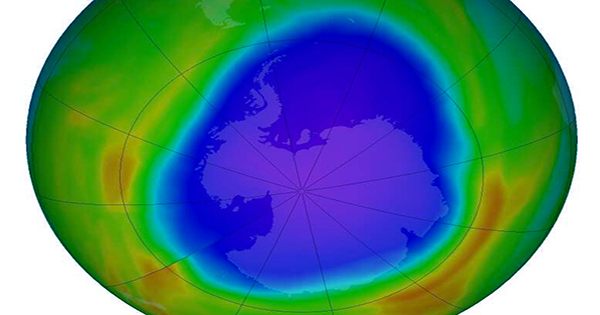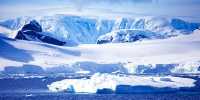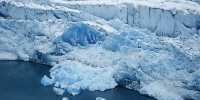NASA’s Arctic Ozone Watch reports the formation of a large hole in the ozone layer above the North Pole that could be the largest in the North’s record. A weather balloon report during March revealed a 90 percent drop from ozone in the core of the layer. The situation is still being assessed, possibly the biggest ozone depletion in the region. The previous two mini-holes were considered in 2011 and 1999 because their damage was not considered severe enough to qualify as a complete whole as an eyewitness to the South Pole.
Gloria Manney, an atmospheric scientist at NorthWest Research Associates in Socorro, New Mexico, told Nature, “We have at least as many losses as in 2011 and there are some indications that it could be even higher than in 2011.” We have known since the late 1970s that a number of chemicals produced have depleted the ozone layer, protecting life on our planet from dangerous ultraviolet radiation from the sun. One consequence of this decline is the formation of ozone holes in the Polar Regions. Antarctica’s ozone hole takes shape every winter and its size began to decline in 1987 simply because of the adoption of the Montreal Protocol, which set the time period for various ozone-depleting gases, most notably chlorofluorocarbons (CFCs). The Antarctic hole shrunk to its smallest size yet in 2012 to show the world that we can work together to achieve huge goals.
Extreme deterioration is due to those industrial chemicals and very specific conditions occurring at the pole. When cold temperatures subside, it allows ice-crystal-rich high-altitude clouds to form. Atmospheric chemicals and CFCs cause a reaction above the surface of the cloud that eats away at the ozone layer. These are the perfect basis for accelerating the reaction and thus for getting rid of ozone more efficiently. The temperature in Antarctica is much lower than in the Arctic and this is why the hole has become a consistent feature in the south but not so much in the north.
This year, however, unusually low temperatures have suddenly taken shape at the North Pole, creating conditions for a huge new hole there. It is not clear how the situation will develop in the next few weeks after the northern hemisphere is further illuminated by the sun, so scientists are keeping an eye on it. Ross Salawitch, an atmospheric scientist at the University of Maryland in College Park told Nature, “Right now, we’re just watching with interest what is happening.” “The game is not totally over.”














